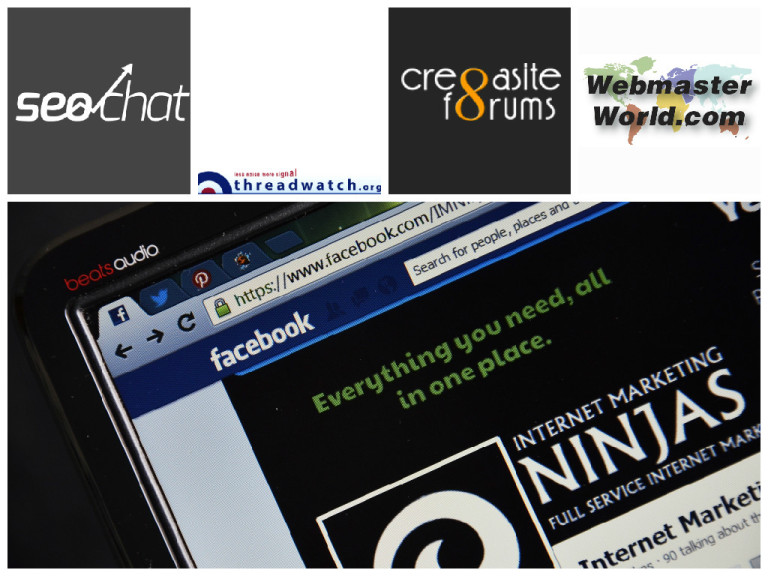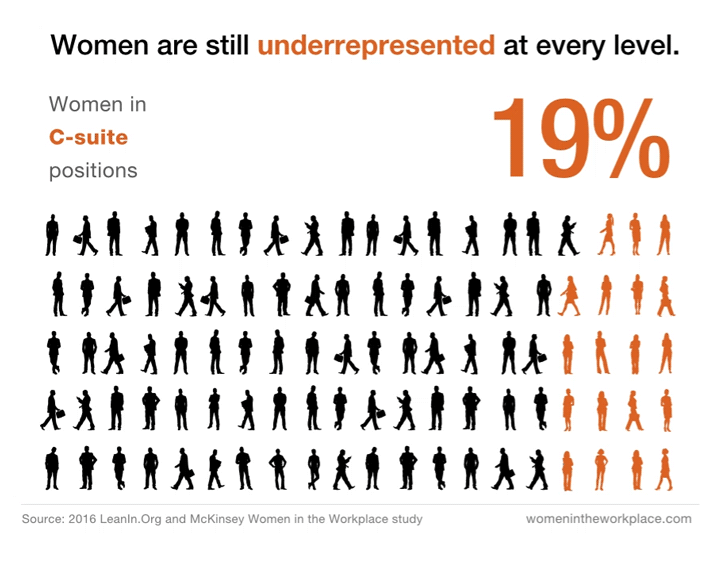
But Penguin 4.0 also seems to be a slow beast – Gary Illyes only recently announced on Twitter that the penalty-lifting part of Penguin should be taking effect soon.
So I hope you're ready to follow the news for the next couple of weeks! It could be a bumpy ride, and our communities are a great place to get caught up.
Everything We Know About Google Penguin 4.0 So Far
If you were asleep or on vacation last week and missed the announcement, Penguin 4.0 is here. You can catch up with the above article by my colleague, Ann Smarty. She'll be updating it as new questions and answers arise. You can also get links to news and discussion in SEO Chat's Penguin 4.0 discussion thread.
If WebmasterWorld is more your style, the experts are watching their sites like hawks as Penguin continues to leave its impact.
September 23rd, when Penguin was announced, ryandiscord and ThomasHarvey of SEO Chat were looking at the SEO weather forecasts. As ryandiscord phrases it, “Nothing crazy,” was happening. But the theory of Penguin 4.0 was appreciated. Ryan also wrote,
“What I like about this update is that the results of a clean up can happen much sooner. I think it may even be easier to spot which links are being caught if it is page level.”
Users on WebmasterWorld had a similar reaction. SnowMan68 wrote,
“Well that was underwhelming. WTF!”
Ebuzz lent credence to the idea that Penguin is rolling out slowly. They wrote,
“I've not seen ANY change in my Penguin hit sites. It might as well not even be announced,”
on September 25th. Robert Charlton had exciting news to share on September 29th, though:
“Gary Illyes in ongoing discussion with Barry at SERoundtable, as clarified that the algo has been rolling out in phases, and that the phase in which demotions will be removed started late yesterday afternoon, ie Sept 28, 2016.”
Penguin 4.0: Some Things Change, Some Things Stay the Same
So webmasters haven't noticed many changes to the health of their sites yet. There are other things about Penguin which haven't changed with 4.0. You can take a look at all the things that have stayed the same in this Threadwatch update. Disavow files, for example, should still be used.
Everyone at Google is firm about the fact that Penguin will not do disavows for you. Google was also quick to add that manual link-based penalties will still be given out to sites that Penguin doesn't quite apply to.
Link Building Mistakes of the Pros and Newbs
With Penguin rolling out, now is the perfect time to talk about link building techniques!
This is an AWESOME thread from WebmasterWorld where users are talking about what techniques don't work and what tactics are mistakes in the modern era. I can't tell you how many newbie SEOs ask on SEO Chat,
“What are the best practices for link building in 2016?”
You can answer that, and more, with this thread. I dunno about you, but I'll be sharing this link far and wide – and probably for years. So what are some techniques that don't work? Martinibuster cites “publishing your actual outreach template in an SEO article” as one of them.
“Being transparent makes some people feel good about what they do… However, publishing search strategy specifics in public has been known to cause a response from Google.”
Graeme_p writes that
“One thing I did many years ago was to put footer links in free WordPress templates. People used them and I did get links that helped at the time. It worked for a while…but later on it probably looked spammy.”
Keyplyr agrees:
“I did that back then as well and many years later it has come back to bite me.”
Here's one of my pet peeves that engine and martinibuster discuss: chasing PR and DA! Martinibuster writes
“Nowadays I know there are many who are chasing DA, even though Rand Fishkin discourages the practice of using Domain Authority for judging a site's worth, describing it as the number one link building myth…”
Bing Academic and Movie Search Has an Intelligent Autocomplete
Bing has developed an intelligent autocomplete for its academic article and movie database searches. This intelligence
“…understands the intent [of a search], and generates suggestions based upon the user input. It won't give a response until it reaches a trigger point of understanding the intent,”
writes WebmasterWorld's admin, engine. It's a pretty neat paper! We take Google's autocomplete function for granted, and this paper will help you understand that as Bing details the specifics of its development.
What's really interesting is that this technology may be the first step in analyzing the web beyond links. Give it a read!
Is AI Getting in the Way of Google Understanding Your Site?
This is an interesting thread from WebmasterWorld, a spin-off of their Penguin discussion. As part of their announcement, Google said that they wouldn't be commenting on future Penguin refreshes. MrSavage writes that Google's behavior could be creating too wide of a disconnect between engineers and their product.
“…Perhaps it's as simple so the staff don't have to field…questions anymore…They are hardly concerned about whatever results are showing. The fact you can search something and get a number 1 or 2 result that are articles completely void of one or more of your typed in search terms tells me they don't give a S behind closed doors…”
We see webmasters, all the time, who use automated tools and are then unable to fix the mistakes they create. Is Google doing the same thing?
Perhaps integrating Penguin into the core algorithm and creating RankBrain are the first steps towards an automated (and ultimately inhuman or outdated) search engine. How important is the human element? Share your thoughts!
Several discussions on SEO Chat have been popping up in this same vein. SEO is changing – the things that used to work don't, and the things that do seem to create very small returns.
This is especially true in local SEO. Gazzahk writes,
“Manipulating Google SERPs is an increasingly difficult thing to do. My website used to dominate all my SERPs both locally and globally. Heaps of links to link bait made my money pages dominate…”
Today, though, he ranks better outside of his local area than he does inside of it. Besides content and links, what are the keys to great local rankings?
One thing that KernelPanic, an SEO Chat mod, brought up in an earlier discussion is reviews. Maybe, some day, local reviews will eclipse links in importance. What do you think?
Design Your Marketing Emails For Being Opened on a Smart Phone!
On Cre8asiteforums, user earlpearl tells the story of a recent email campaign they ran.
“On a recent large email blast our email provider gave us info I hadn't seen before: Percentage of Opens by Device. On that blast 92% were opened on a smart phone…KABOOOM!!”
It was a revelation – turns out that the recent emails were unreadable on a smart phone! The tiny screen shrunk the text down and scrambled it into gibberish.
“Next job: Change ALL the emails. ALL of them!”
earlpearl writes. User iamlost has a TON of great suggestions for how to optimize your responses, newsletters, promos, and more for smartphones. Check this thread out for a mobile UX wakeup call!
The post Link Building Mistakes and Penguin 4.0: Weekly Forum Update appeared first on Internet Marketing Ninjas Blog.






